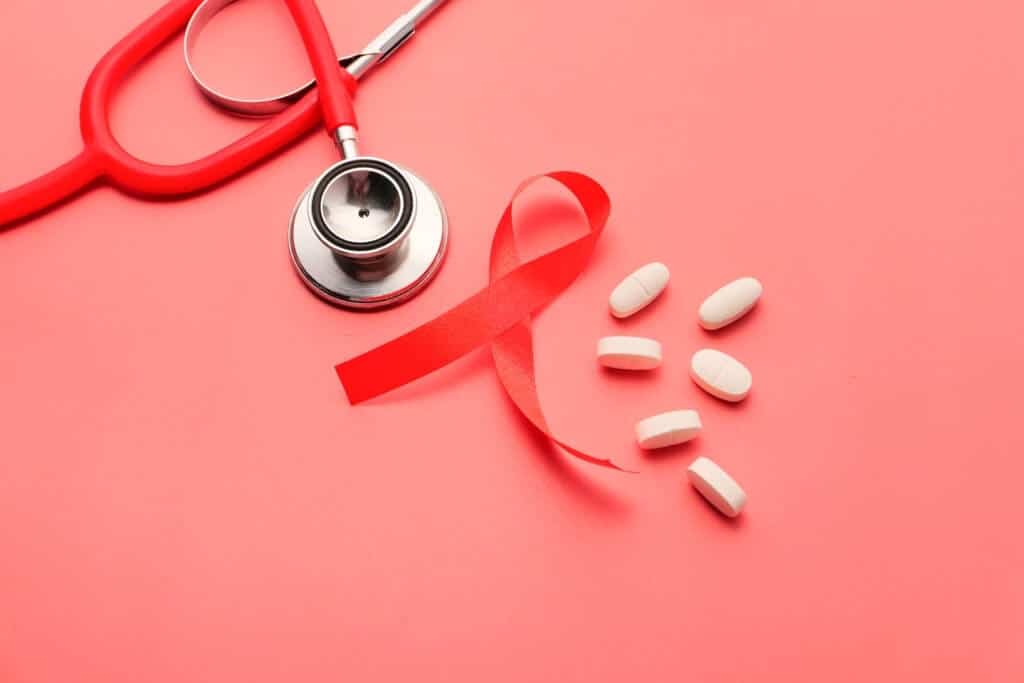Latest Statistics On HIV And AIDS Around The World
Nikki Attkisson | Last Updated : October 28, 2021HIV, caused by the virus AIDS, is a public health issue throughout the world. AIDS-related conditions have killed more than 36 million people around the world. In 2020, the rate of infection worldwide was 37.7 million.
Some areas of the world have higher rates of infection than many others as studies estimate that a majority of infections are from low and middle-income countries.
Latest Statistics On HIV And AIDS Around The World
The countries of the world are grouped into six regions by the World Health Organization. The countries that HIV has most affected are in the areas of the WHO African Region. Over two-thirds of people infected with HIV live here.
Countries in the African regions’ eastern and southern parts report the highest number of HIV infection cases. However, the rates are decreasing.

In other parts of the world, infection rates are comparatively lower. However, an article published in the Journal of Virus Eradication reported that new cases of HIV infections are particularly rising in North Africa, the Middle East, Eastern Europe, the Central European region, and Central Asia.
By 2019 end, around 1.2 million Americans about the age of 13 had contracted HIV infection. Between the years 2015 and 2019, studies estimate a drop of 9% in new cases.
The infections are not evenly distributed in the United States. Around 37,000 people were diagnosed with HIV in 2018. More than half of these cases were in southern America.
In Georgia, the infection rate was 28.6 per 100,000 people. Louisiana reported a rate of 25.2. The state of Florida, Nevada, Mississippi, and Texas reported a rate of 25.0, 19.8,19.2, and 18.8 respectively.
The areas with the highest infections are the Virgin Islands and Puerto Rico.
In each of these regions that have high HIV cases, most are urban areas. For instance, 92% of HIV diagnoses in the Northeast are urban areas.
In South Africa, nearly 7,800,000 have been diagnosed with HIV. There are 2,100,000 HIV infected people in Mozambique and 1,700,000 in Nigeria. In the Pacific and Asia, around 2,300,000 are living with HIV.
Since the epidemic peaked in 1997, the world has reported a 52% decrease in new infections. In 1997, there were more than 3 million people suffering from HIV. This figure dropped in 2010 to 2.1 million and only 1.5 million new infections in 2020.
This decrease is because of improved treatment and medical facilities available to low-income and poor countries. Vertical transmissions are prevented, which means when an infected parent passes the infection to the newborn child. Science and medicine have contributed a lot in this field for preventing it.
However, unequal distribution of prevention strategies of HIV and its medical treatment has left many people around the world vulnerable to it.
Before the COVID-19 pandemic hit the world, people suffering from HIV or those who were at risk of catching it did not have enough access to treatment and facilities. Because of the pandemic, medical facilities are worsening, and their distribution is collapsing. Many countries report a major disturbance in HIV services, some up to 75%.
HIV spirits to contact bodily fluids. These fluids include blood, vagina secretions, semen, and breast milk. An infected parent can pass it to their child.
However, there are various myths following the condition. It is important for people to understand that the infection cannot be spread by hugging, shaking hands, or by sharing food and beverages.
People suffering from HIV who are on antiretroviral therapy cannot spread the virus. WHO reports that in 2020, around 73% of people suffering from HIV were on antiretroviral therapy.
With over 15 years as a practicing journalist, Nikki Attkisson found herself at Powdersville Post now after working at several other publications. She is an award-winning journalist with an entrepreneurial spirit and worked as a journalist covering technology, innovation, environmental issues, politics, health etc. Nikki Attkisson has also worked on product development, content strategy, and editorial management for numerous media companies. She began her career at local news stations and worked as a reporter in national newspapers.
